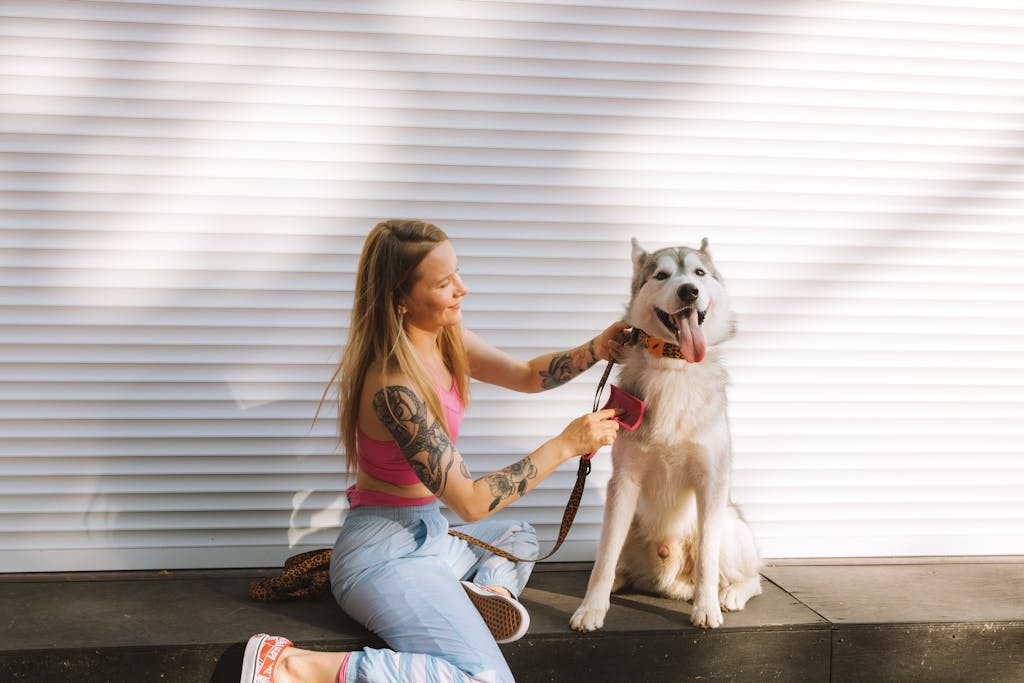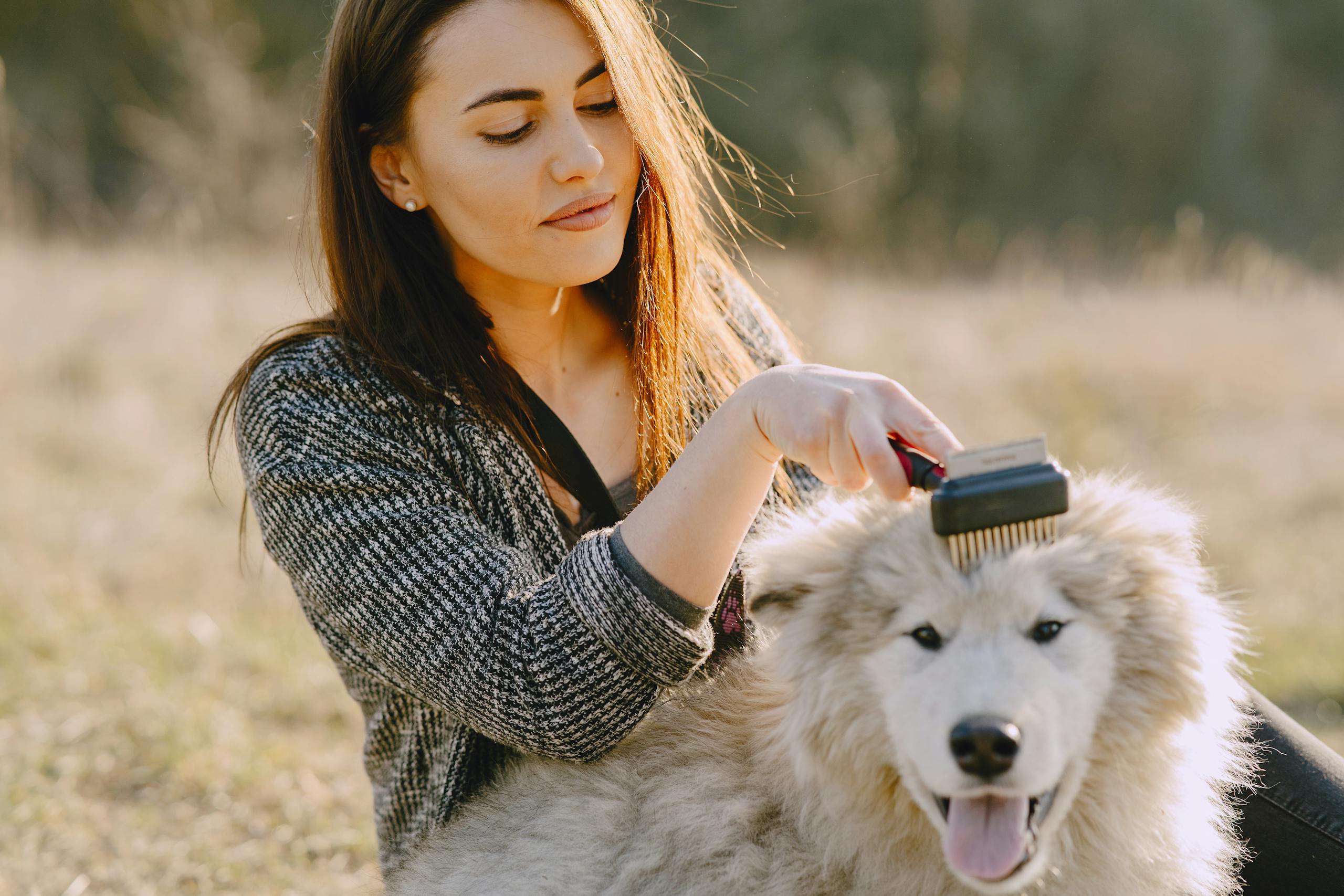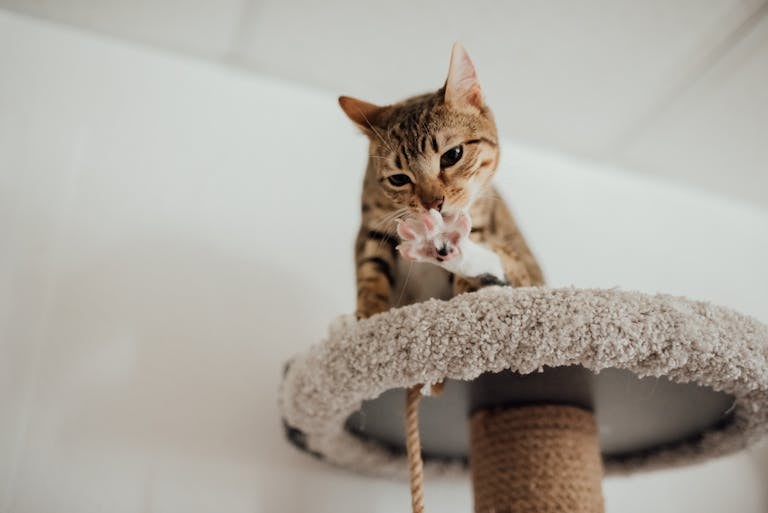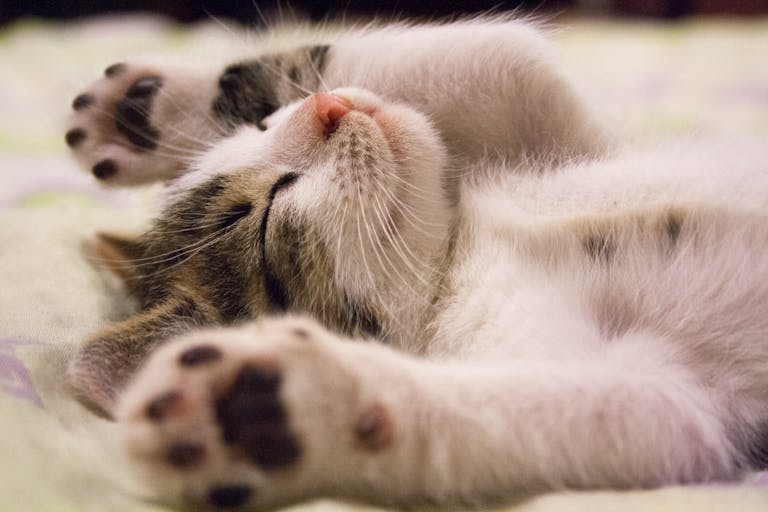The Grooming Battle is Over: The Secret to a Pet That Actually Loves Being Brushed
Dealing with a pet that hates being brushed is one of the most common frustrations for owners. The scene is all too familiar: you pull out the brush, and instantly, your furry best friend either vanishes under the bed or prepares for a wrestling match. Grooming, an activity that’s meant to be about care and bonding, too often becomes a stressful chore for everyone involved. Understanding how to address the situation when your pet hates being brushed can make a significant difference. Many owners discover that the key to changing this dynamic lies in recognizing that their pet hates being brushed not because of the act itself, but due to past negative experiences.

But what if the problem isn’t your pet? What if the problem is the tool we’ve been using all along? This guide will walk you through a complete, 5-step approach to transform the experience for a pet that hates being brushed and help create a more positive grooming environment.
Additionally, many pets develop a strong aversion because they associate the grooming process with discomfort. This is why it’s crucial to address why your pet hates being brushed in the first place.
Step 1: Understand Why Your Pet Hates Being Brushed
Once you understand the reasons behind your pet hates being brushed, you can start to implement changes that will help.
Before we can find a solution, we must understand why your pet hates being brushed. The resistance often comes down to one of these reasons:
- Pain and Discomfort: Harsh bristles can scrape sensitive skin, and pulling on stubborn knots or mats is painful. According to the ASPCA, gentle handling is key.
- Negative Association: If past grooming sessions were stressful, your pet now associates the brush with that negative feeling.
- Static Electricity: Especially in dry weather, traditional plastic brushes create static, leading to uncomfortable little zaps that make your pet anxious.
Step 2: Create a Calm & Positive Environment
You must change the entire context of grooming to help a pet that hates being brushed. Make the experience positive from the start.
Ultimately, every pet owner wants to ensure their furry friend feels comfortable during grooming. Being aware of how much your pet hates being brushed can lead to better grooming choices.
- Choose the Right Time: Approach your pet when they are already calm and relaxed, perhaps after a nap or a walk.
- Start Slow & Short: Begin with just a few gentle strokes in an area they enjoy being petted. Keep the first few sessions under a minute.
- Use High-Value Treats: Give them a special treat before, during, and after the short session. This builds a powerful positive association.
Step 3: The Game-Changer – Switch to a Better Tool
For a pet that hates being brushed, the tool itself is often the biggest offender. Traditional brushes create static, send fur flying, and pull on knots. It’s no wonder they protest! This is where new technology comes in.
The Power of a Spa-Like Experience
Imagine transforming grooming into a mini spa session. The secret lies in a revolutionary approach that combines gentle detangling with a soothing, warm mist.
- Goodbye, Static Shock & Flyaways: A gentle, continuous nano-mist completely neutralizes static on contact. This means no more zaps and no more floating fur. The hair clings to the brush, not your furniture.
- A Soothing Massage, Not a Chore: The bristles on this new generation of brushes are made from soft, flexible silicone. They’re designed not to scratch or pull, but to gently glide through the coat, massaging the skin and stimulating blood circulation.
- Healthier Skin and a Shinier Coat: The warm mist adds a touch of moisture to the skin and hair follicles, which can help alleviate dryness.
Choosing the right tools can make all the difference for a pet that hates being brushed. Consider investing in products designed to reduce stress during grooming.
Step 4: Turn the Chore into a Cherished Ritual
When you shift from a harsh, dry brushing method to a warm, misty massage, everything changes. The tense standoff is replaced by a moment of quiet connection. This is the key to helping a pet that hates being brushed learn to enjoy the process. They begin to associate the new brush with a pleasant, calming sensation, rebuilding trust with every gentle stroke.
Step 5: Our Recommended Tool for Your Grooming Success
At The Tribetail, our mission is to find those game-changing products that deepen the bond between you and your pet. It’s this philosophy that led us to champion forward-thinking tools that solve the problem of a pet that hates being brushed.
After extensive research, we recommend the 3-in-1 Electric Steam Pet Brush. It’s more than a brush; it’s an experience that enriches your pet’s life and simplifies yours.
By following these steps, you can turn your pet hates being brushed experience into a more enjoyable one.
Remember, patience is key when dealing with a pet that hates being brushed. Celebrate small victories.
In summary, understanding why your pet hates being brushed allows for a more successful grooming routine.
Ultimately, creating a positive grooming experience can help change your pet hates being brushed narrative.
In conclusion, addressing the reasons behind why your pet hates being brushed lays the groundwork for a better grooming experience.
With care and the right approach, you can help your pet that hates being brushed feel more relaxed.



